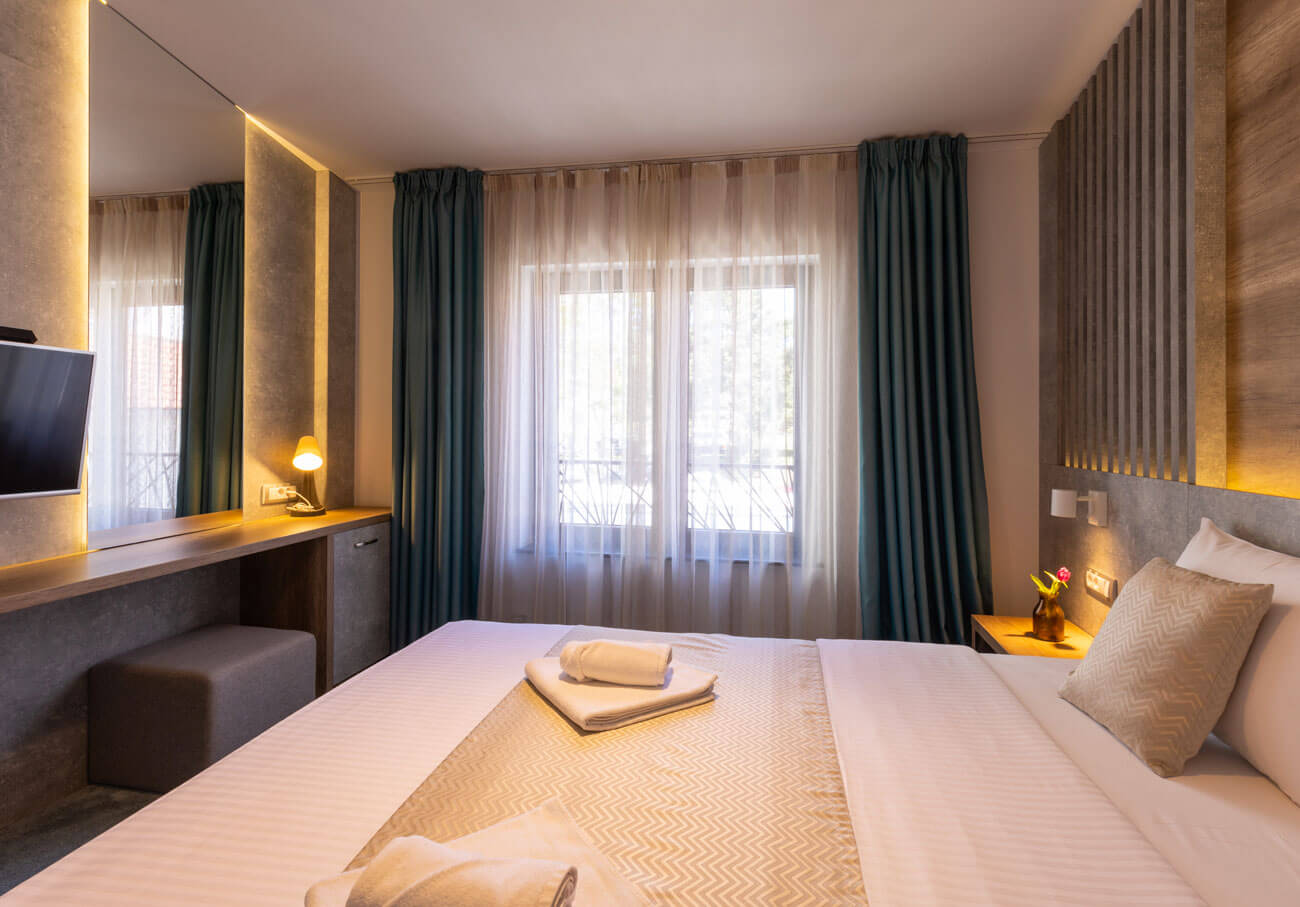
Should I specify real wood veneer or MFC for my bespoke case goods?
Before answering this regularly asked question, it is first necessary to under the fundamental difference between a wood veneer and melamine.
A real wood veneer is created by cutting a fine layer of timber from a natural tree. Such layers are unique in so much as they have their own grain structures and colouring dependent upon where from the tree they are cut. These layers are then bonded to a board, usually MDF. Veneers may also accept stain colours slightly differently and as such no two veneer board will be quite the same.
By contrast, melamine is a wholly man-made product. It is effectively a photograph of a wood grain made into a thermostatic plastic material that is then bonded to either chipboard (MFC) or medium density fibreboard (MDF). As such, grain patterns between boards are always consistent.
So what are the pros and cons?
Melamine pros:
- Melamine is available in a wide variety of grain patterns, colours and textures.
- It is easily cleaned; most stains wipe away without difficulty.
- It is heat resistant; less worry about hot cups marking the surface.
- It has inherent fire retardancy properties.
- It is a robust material and withstands most impacts.
- Melamine is more cost-effective than real wood veneer.
Melamine cons:
- Melamine is more difficult to repair if it is chipped due to heavy impact damage.
- It requires an edging strip which, although not unsightly in any way, is certainly visible.
- Melamine can be more susceptible to water damage.
- Internal cabinet fixings may be more visible.
Veneer pros:
- Veneer feels like real wood to the touch.
- It is unique and as such furniture made from veneer is more characterful.
- Any chips or impact damage can be easily touched in with wood stain.
- It is easier to router out without chipping and inlay with design details.
- Internal fixings can be hidden to the eye.
- Edging is more discrete and less noticeable to the eye.
- It can be stained to whatever colour best suits the design scheme.
Veneer cons:
- It is not heat resistant and will permanently mark if hot items are left on it.
- It is generally more expensive than melamine.
- There is less consistency between boards.
…so which do I choose?
This really depends upon your own personal taste regarding the visual aesthetic and the usage of the furniture.
Thirty years ago, all 4 and 5 star hotels generally used veneer as their material of choice for hotel bedroom case goods and melamine was specified more for three star properties. However, this has all changed over recent years as melamines have today become sophisticated finishes that many hotel guests would not even realise were not real woods.
Today, even many of the leading luxury hotel operator brands are using melamine decors for their bespoke case goods.
That said, if you love the imperfections of natural real wood, veneer may be the product for you with its characterful knots and grain imperfections.
Talk to us about your next hotel bedroom project today.


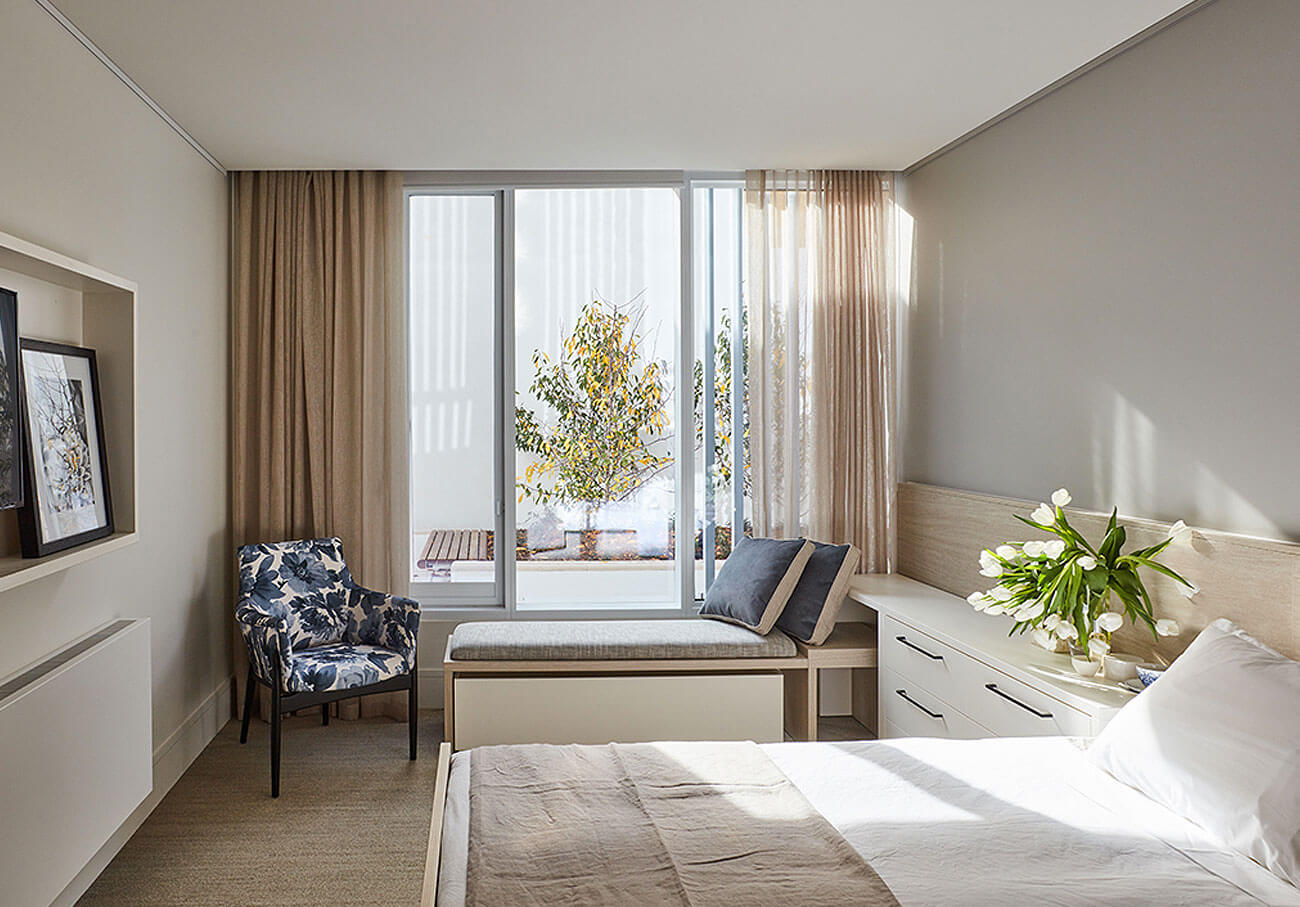
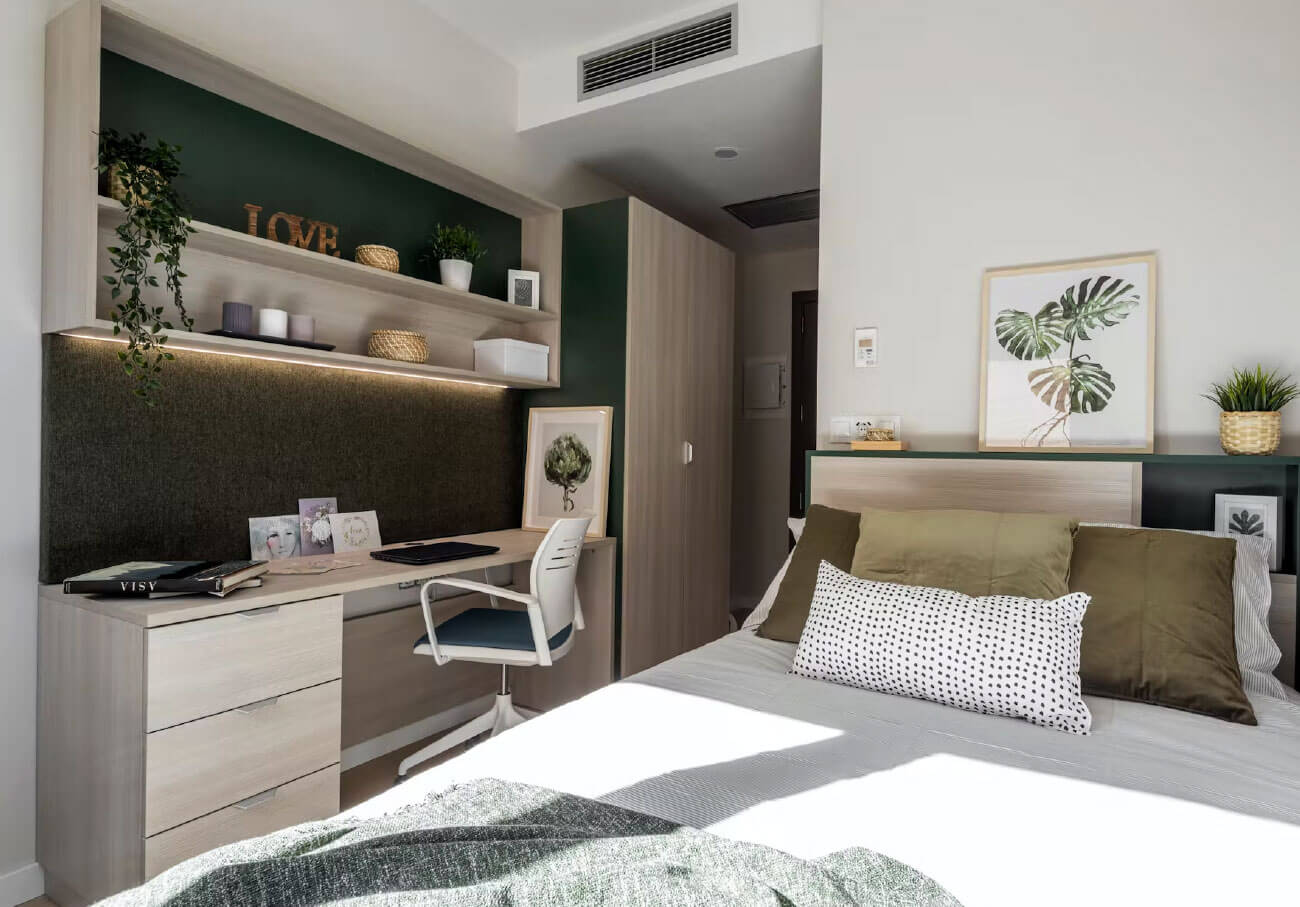
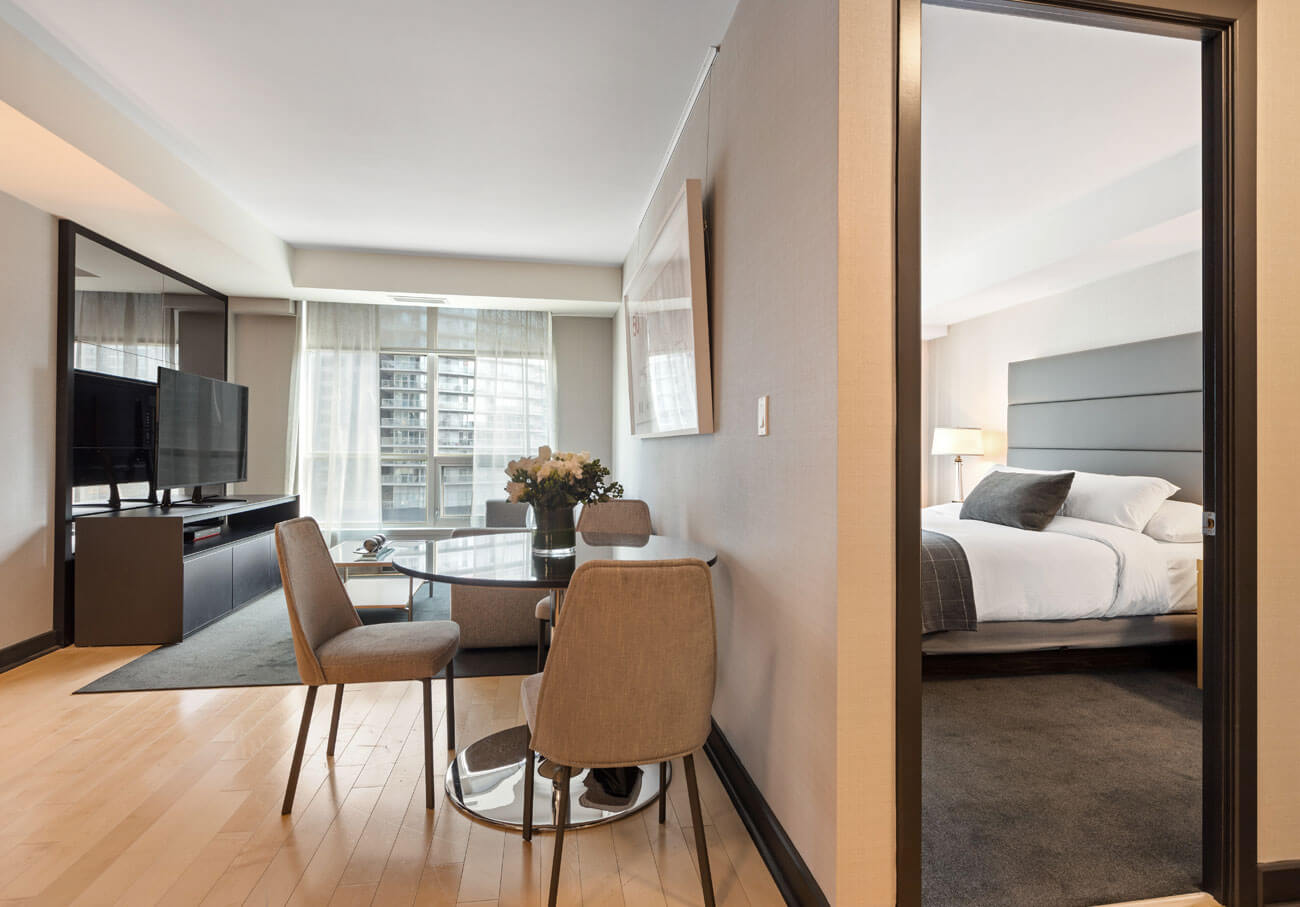
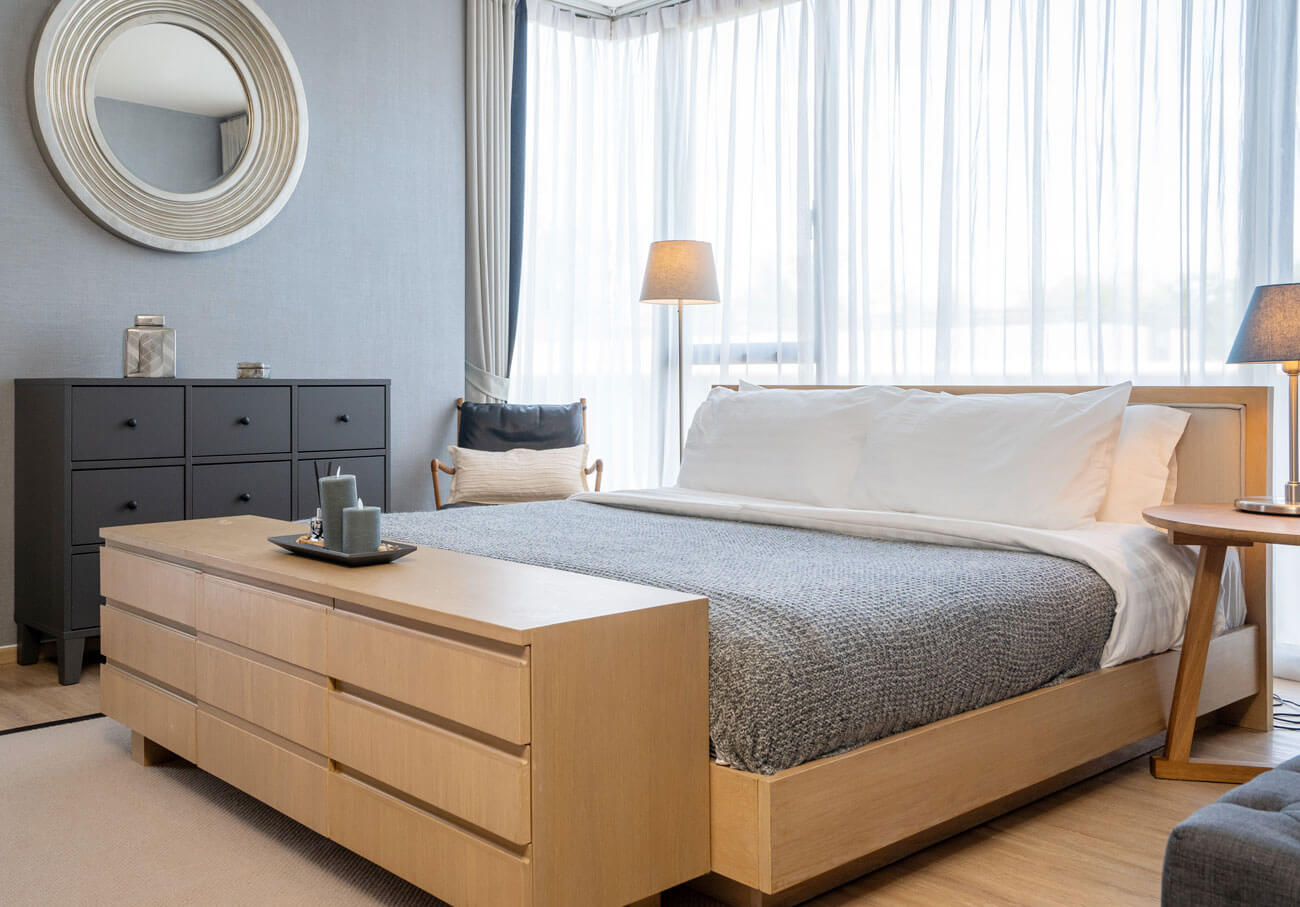
Leave a Reply